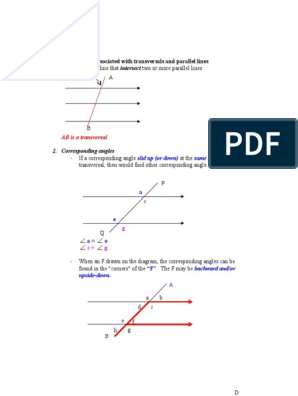0% found this document useful (0 votes)
67 views4 pagesExact
Exact differential equations can be solved by finding an integral function whose partial derivatives equal the terms of the differential equation. Three examples show how to identify an exact equation, find the integral function, and derive the implicit solution. Integrating factors can also be used to convert a non-exact equation into an exact one that can then be solved using the same method.
Uploaded by
Ahsan RazaCopyright
© © All Rights Reserved
We take content rights seriously. If you suspect this is your content, claim it here.
Available Formats
Download as PDF, TXT or read online on Scribd
0% found this document useful (0 votes)
67 views4 pagesExact
Exact differential equations can be solved by finding an integral function whose partial derivatives equal the terms of the differential equation. Three examples show how to identify an exact equation, find the integral function, and derive the implicit solution. Integrating factors can also be used to convert a non-exact equation into an exact one that can then be solved using the same method.
Uploaded by
Ahsan RazaCopyright
© © All Rights Reserved
We take content rights seriously. If you suspect this is your content, claim it here.
Available Formats
Download as PDF, TXT or read online on Scribd
/ 4





























